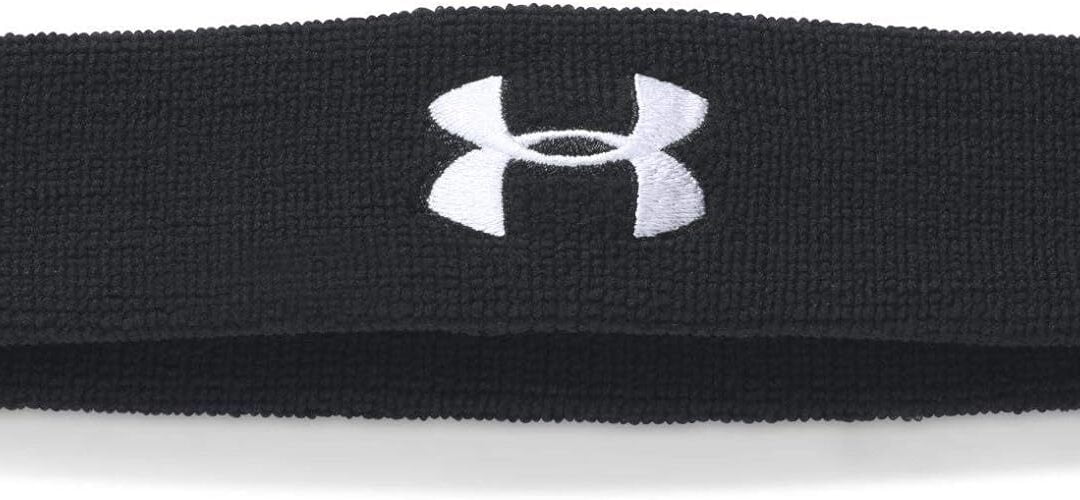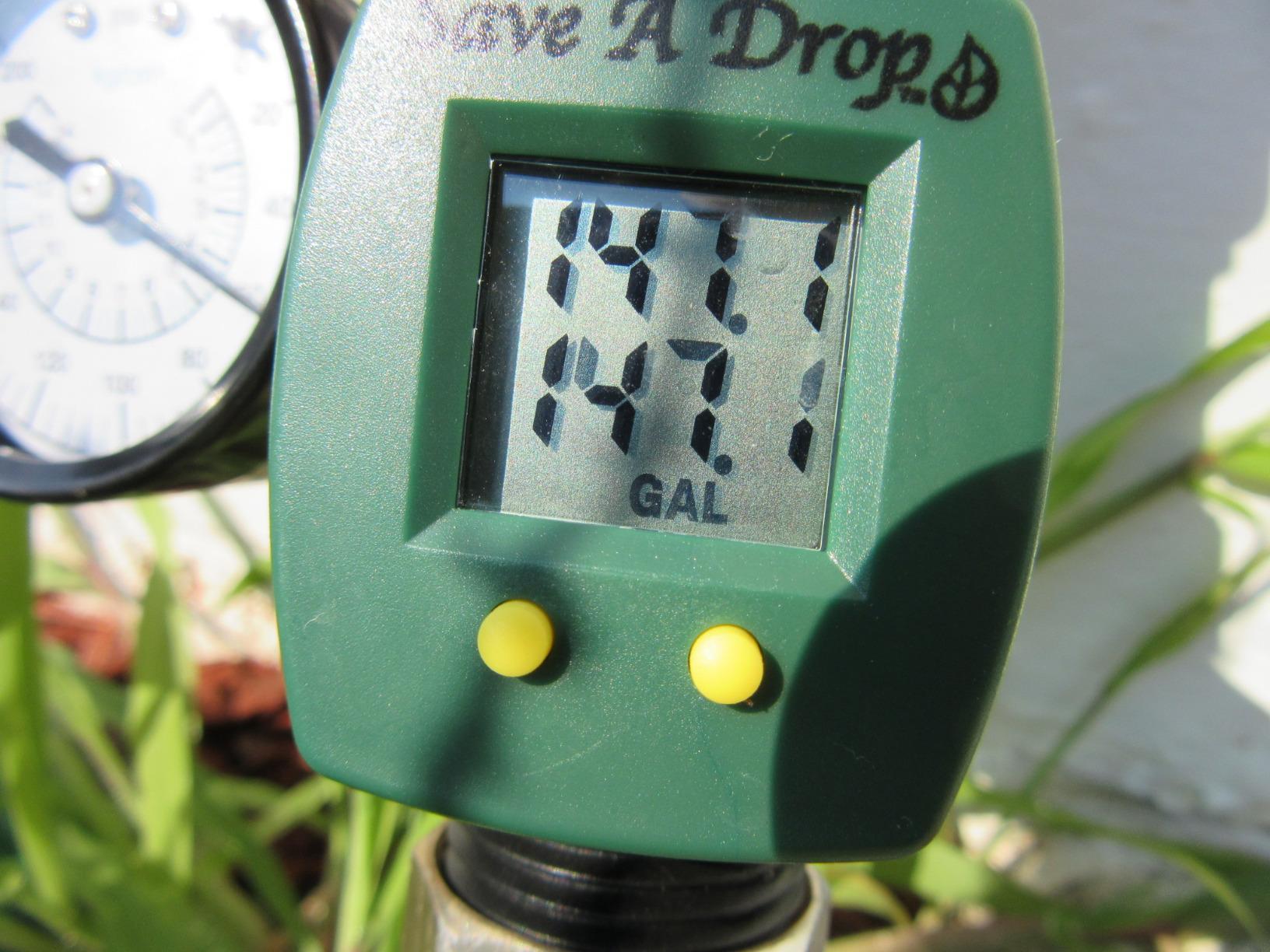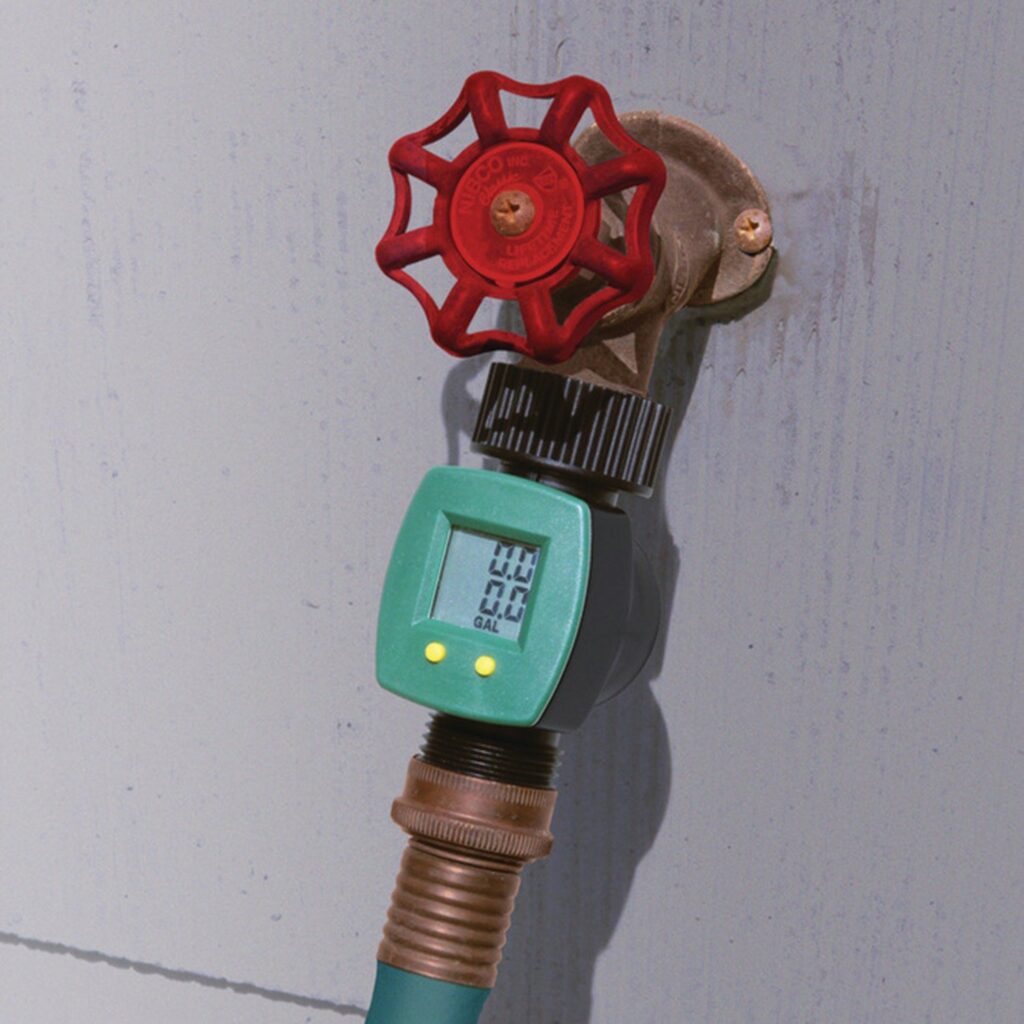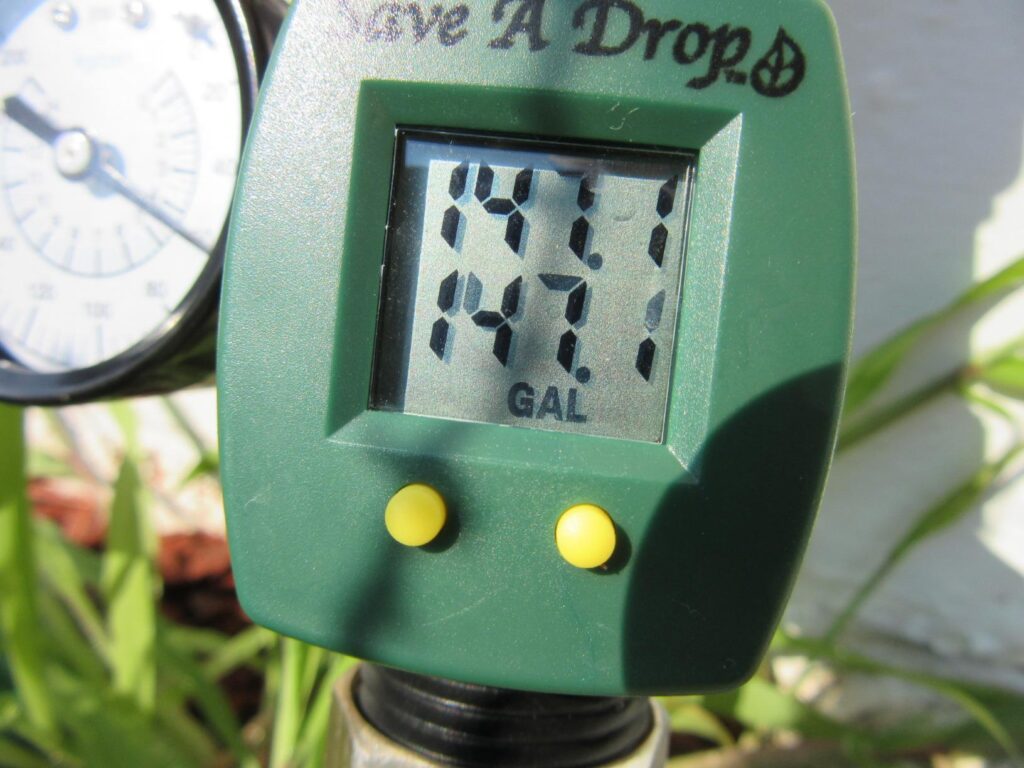Discover the benefits of sweatbands for your fitness routine. Enhance your performance and stay comfortable with these stylish and functional accessories.


Water flow meters are essential devices used to measure the flow rate of water in various applications. Whether you want to monitor your water usage at home or measure the flow rate in an industrial setting, a water flow meter can provide accurate and reliable data. In this article, we will explore the different types of water flow meters, their uses, and how to choose the right one for your needs.
A water flow meter is a device that measures the volume of water passing through a pipe or system. It works by utilizing different principles to calculate the flow rate, such as velocity, pressure, or displacement. The flow rate is typically measured in gallons per minute (GPM) or liters per minute (LPM), depending on the unit of measurement used.
Velocity-based flow meters measure the speed of the water flow to determine the flow rate. There are several types of velocity-based flow meters:
Turbine flow meters have a rotor with multiple blades that spin as water flows through the meter. The speed of the rotor is directly proportional to the velocity of the water, allowing for accurate flow rate measurements. These flow meters are commonly used in industrial applications.
Magnetic flow meters, also known as electromagnetic flow meters, use Faraday’s law of electromagnetic induction to measure the flow rate. They consist of a pipe with electrodes and a magnetic field. As water flows through the pipe, it generates a voltage that is proportional to the flow rate.

Ultrasonic flow meters use sound waves to measure the flow rate of water. They emit ultrasonic pulses into the water, and the time it takes for the pulses to travel between two points is used to calculate the velocity and flow rate. These flow meters are non-intrusive and can be used for various applications.
Differential pressure flow meters measure the pressure difference across a constriction in the flow path to determine the flow rate. There are two main types of differential pressure flow meters:
Orifice plate flow meters have a plate with a hole in the middle placed in the flow path. The pressure difference between the upstream and downstream sides of the plate is measured, and the flow rate is calculated based on the size of the hole and the pressure difference. These flow meters are widely used due to their simplicity and cost-effectiveness.
Venturi flow meters have a conical-shaped tube that creates a pressure drop as water flows through it. The pressure difference is measured, and the flow rate is calculated based on the size of the tube and the pressure difference. These flow meters are commonly used in applications where accuracy is crucial.
Positive displacement flow meters measure the volume of water passing through the meter by using rotating gears, pistons, or other mechanisms. These flow meters are highly accurate but are typically used for low flow rates or in applications where precise measurements are required.
Nutating disc flow meters have a disc that moves in a nutating motion as water flows through the meter. The movement of the disc is directly proportional to the volume of water passing through, allowing for accurate measurements.
Gear flow meters use two interlocking gears to measure the volume of water. As water flows through the meter, the gears rotate, and the volume of water passing through is calculated based on the number of rotations.
Water flow meters have a wide range of applications across various industries and settings. Some common applications include:
Water flow meters are commonly used in residential and commercial buildings to monitor water usage and detect leaks. They can provide valuable data on water consumption, helping to identify areas for water conservation and reduce costs.
Flow meters are essential in irrigation systems to ensure that the right amount of water is delivered to plants and crops. They help farmers and gardeners optimize water usage and prevent over or under-watering.
In industrial settings, water flow meters are used to monitor and control the flow of water in various processes. They are crucial for ensuring the efficiency and accuracy of operations, such as cooling systems, chemical processing, and wastewater treatment.
Heating, ventilation, and air conditioning (HVAC) systems rely on water flow meters to regulate the flow of water for efficient temperature control. These flow meters help maintain optimal conditions and prevent energy waste.

When selecting a water flow meter for your specific needs, there are several factors to consider:
Determine the flow rate range that the water flow meter needs to measure. Some flow meters are better suited for low flow rates, while others are designed for high flow rates.
Consider the level of accuracy required for your application. Some flow meters provide higher accuracy than others, depending on the measurement principle and design.
Ensure that the water flow meter is compatible with the pipe size and material used in your system. Consider factors such as pressure rating, temperature range, and chemical compatibility.
Take into account the initial cost of the flow meter, as well as any ongoing maintenance or calibration expenses. Balance the cost with the required accuracy and features.
Proper installation and maintenance are crucial for the accurate and reliable operation of a water flow meter. Follow these guidelines:
Install the flow meter in a section of the pipe where the flow is fully developed and free from disturbances. Follow the manufacturer’s instructions for proper installation, including the orientation and alignment of the flow meter.
Calibrate the flow meter regularly to ensure accurate measurements. Follow the recommended calibration schedule provided by the manufacturer or consult a professional calibration service.
Perform routine maintenance tasks, such as cleaning the flow meter and inspecting for any damage or wear. Replace any worn-out parts or components as recommended by the manufacturer.
Consider the ease of installation of the water flow meter. Some flow meters require complex installation procedures, while others can be easily installed without the need for specialized tools or expertise. Choose a flow meter that suits your installation requirements and capabilities.
Some water flow meters come with built-in communication capabilities, allowing for easy integration with monitoring systems or data logging devices. Consider whether you need these features to capture and analyze flow data in real-time.
Take into account the environmental conditions in which the water flow meter will be installed. Consider factors such as temperature, humidity, and the presence of corrosive or abrasive substances. Choose a flow meter that can withstand these conditions and provide accurate measurements over time.
Consider the maintenance requirements of the water flow meter. Some flow meters require regular cleaning, calibration, or replacement of components. Assess whether you have the resources and expertise to perform these tasks or if you need to rely on external service providers.
Set a budget for the water flow meter that aligns with your requirements and expectations. Keep in mind that higher accuracy and additional features may come at a higher cost. Balance your budget with the desired performance and functionality of the flow meter.
In addition to routine maintenance, it is important to conduct regular inspections of the water flow meter. Inspect the meter for any signs of damage, leaks, or abnormalities. Address any issues promptly to ensure the continued accuracy and reliability of the flow meter.
Ensure that personnel responsible for operating and maintaining the water flow meter are properly trained and educated. Provide training on the specific model of flow meter used, as well as general knowledge on flow measurement principles and best practices. This will help optimize the performance and longevity of the flow meter.
Periodically verify the calibration of the water flow meter to ensure its accuracy. This can be done by comparing the flow meter’s measurements against a known reference or by utilizing a calibration service. Regular calibration verification will help maintain the integrity of the flow measurements and ensure compliance with any regulatory requirements.
Keep detailed records of the installation, maintenance, and calibration activities performed on the water flow meter. This will provide a historical record of the flow meter’s performance and allow for easy tracking of any changes or issues that may arise. These records can also be useful for troubleshooting and analysis purposes.

Here are some reviews from customers who have purchased and used water flow meters:
A: Yes, there are water flow meters specifically designed for outdoor installation. These meters are typically made with weather-resistant materials and can withstand various environmental conditions.
A: It depends on the type of water flow meter. Some meters, such as turbine flow meters, require a power source to operate the rotor. However, other meters, such as magnetic flow meters, do not require a power source.
A: The calibration schedule for a water flow meter can vary depending on the manufacturer’s recommendations and the specific application. It is generally recommended to calibrate the meter at least once a year or as per the manufacturer’s guidelines.
A: Some water flow meters are bi-directional and can measure flow in both directions. However, not all flow meters have this capability, so it is important to check the specifications of the meter before purchasing.

Water flow meters are essential devices for accurately measuring the flow rate of water in various applications. They help monitor water usage, optimize processes, and reduce costs. When choosing a water flow meter, consider factors such as flow rate range, accuracy, compatibility, and cost. Proper installation and maintenance are important for ensuring accurate and reliable measurements. Overall, a water flow meter can provide valuable data and help improve the management of water resources in residential, commercial, and industrial settings.
Water flow meters are essential devices for measuring the flow rate of water in various applications. Whether you need to monitor your water usage at home or control the flow in an industrial process, choosing the right water flow meter is crucial. Consider the different types of flow meters available, their applications, and the factors to consider when selecting one. Proper installation and maintenance are also important for accurate and reliable measurements. With the right water flow meter, you can effectively manage water consumption, optimize processes, and save costs.
Water flow meters are essential tools for accurately measuring the flow rate of water in various applications. When choosing a water flow meter, consider factors such as flow rate range, accuracy, compatibility, cost, ease of installation, communication capabilities, environmental conditions, maintenance requirements, and budget. Proper installation and regular maintenance are crucial for ensuring the accurate and reliable operation of the flow meter. By carefully selecting and maintaining a water flow meter, you can effectively monitor and control water usage, optimize processes, and save costs in residential, commercial, agricultural, and industrial settings.